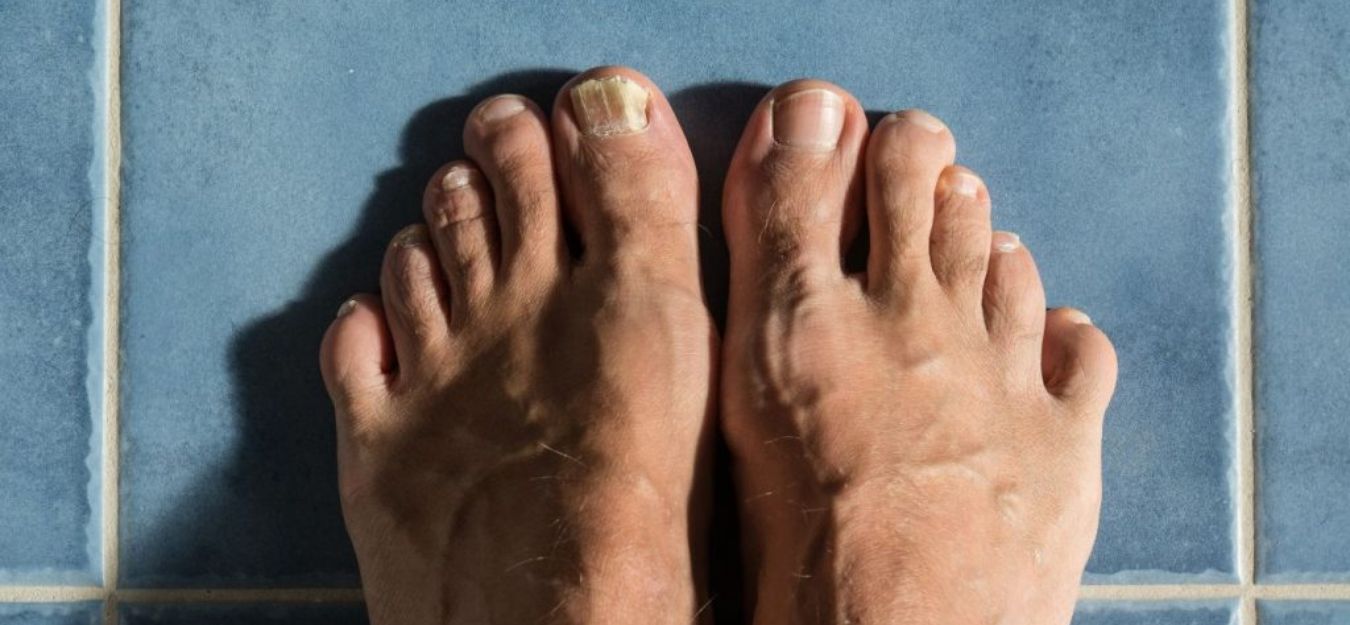Nail Health 101
Symptoms of Nail Psoriasis and Fungus
Nail psoriasis and nail fungus can cause some similar symptoms. They can both cause changes to the nails. But they are two different conditions.
The two conditions have different causes and treatments. Understanding the differences and similarities between nail fungus and nail psoriasis helps get the most appropriate treatment.
Nail Psoriasis Symptoms
Nail psoriasis occurs due to an overreaction by the immune system. The abnormal reaction by the immune system causes an overgrowth of cells. Psoriasis usually affects the skin. But it can also affect the nails.
According to the Cleveland Clinic, symptoms of psoriasis usually affect other areas of the body in addition to the nails. Research in the Journal of Fungi found that nail involvement occurs in people with skin psoriasis between 15% and 79% of the time.
When it affects the nails, it is typically after skin symptoms have developed. Only about 5% of people with psoriasis have only nail symptoms.
Nail psoriasis symptoms include:
- Dry nails.
- Yellowing nails.
- The development of small pits or divots.
- Buildup under the nail.
Nail Fungus Symptoms
Nail fungus is a nail infection. It develops when a type of fungus gets under the nail bed. It is common for someone to pick up a fungal nail infection in areas such as locker rooms or pool decks. These types of environments are moist, where fungus thrives. Fungal nail infections can spread fast from one toe to the others.
Nail fungus infection symptoms may include:
- Thickening of the nail.
- Yellowing or discoloration.
- Hard, brittle nails.
- Foul odor.
Similarities Between Nail Psoriasis and Nail Fungus
Both nail fungus and nail psoriasis affect the health of the nails. There are some similarities between the two conditions, including the following:
- Worsening Symptoms: If left untreated, both nail problems can become worse over time. A fungal nail infection can spread to the other toes and even the other foot. Psoriasis does not spread due to contact the way a fungal infection does. But symptoms can still worsen.
- Change in Color: Changes in the color of the nail are common in both conditions. Fungal infections often lead to hyperpigmentation of the nail. The nail may become yellow or brown. Nail psoriasis may also cause yellow spots under the nail.
- Lifting of the Nail: The nail may lift or separate from the skin with a fungal nail infection and nail psoriasis. The nail does not usually fall off completely with a fungal nail infection. But the lifting can create a gap underneath the nail.
- Thickening: Both conditions can cause an increase in thickness. People with nail psoriasis may develop a thickening of the skin under the nailbed. With a fungal nail infection, the nail itself may become thicker.
Differences Between Nail Psoriasis and Nail Fungus
Some differences exist between nail psoriasis and nail fungus, such as those listed below.
- Cause: As stated above, the cause of nail psoriasis and nail fungus differ. Nail psoriasis occurs due to an autoimmune reaction. Nail fungus develops due to a fungal infection.
- Nail Loss: Nail psoriasis can damage the nail so much that it causes the nail to fall off. In most cases, nail fungus does not lead to nail loss. Although nail loss does not usually occur, the nail often changes shape with a fungal nail infection.
- Nail Location: Usually, nail fungus affects the toenails. Although nail psoriasis can also affect the toenails, it occurs most often on the fingernails.
- Foul Odor: In most cases, nail psoriasis does not cause a foul smell. But a fungal nail infection can cause a foul odor on the toenails.
Treating Nail Psoriasis vs. Nail Fungus
Although neither condition is usually dangerous, it is essential to treat them. Without treatment, both conditions may become worse and leave the nails in bad shape.
Since the underlying cause of nail fungus and nail psoriasis differs, treatment is also different. For instance, treatment for a fungal nail infection involves antifungal medication, usually taken by mouth.
Nail psoriasis is treated with medications to stop the immune system's overreaction. Medications often include steroids. If the skin is also affected, oral steroids may be an option. Doctors may prescribe topical steroids under the nailbed if only the nails are involved.
It is also helpful to understand that someone with nail psoriasis can also develop a fungal nail infection. In fact, one possible complication of nail psoriasis is the development of a fungal nail infection.
The steroids given to treat psoriasis suppress the immune system and may make someone more susceptible to a fungal infection.
Since it can be difficult to tell the difference between nail psoriasis and a fungal nail infection, and both can co-exist, it is best to see a healthcare provider for an accurate diagnosis.

